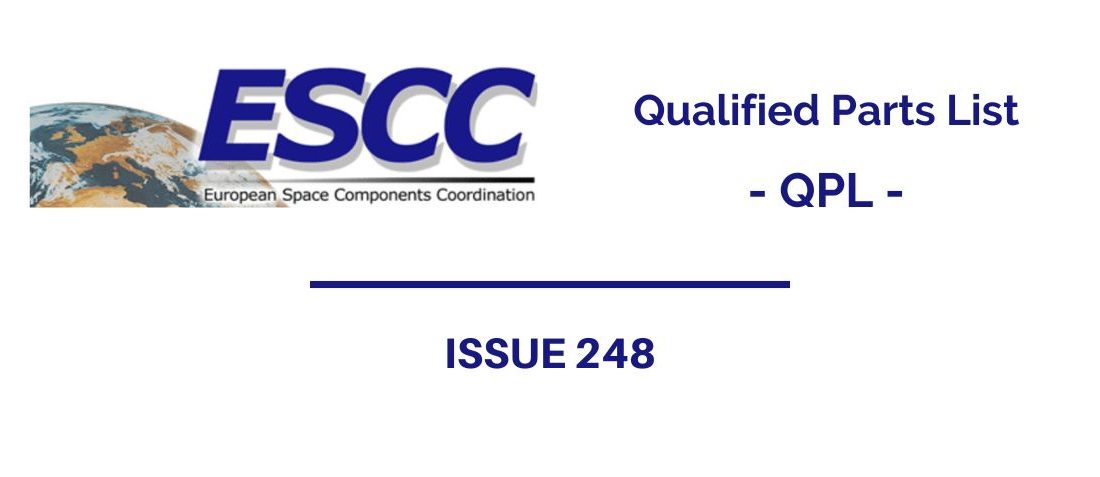
Understanding the changes in ESCC QPL Issue 248
- Posted by Emilio Cano García
- On May 10, 2024
- 0
The European Space Components Coordination (ESCC) Qualified Parts List (QPL) has undergone notable changes in the 248th edition, released in March 2024. This edition is particularly significant due to the introduction of a new certificate related to including a new technology. This new certificate of United Monolithic Semiconductors (UMS) based in France introduces a new transistor technology to the ESCC QPL. Let’s delve into the details and implications of these updates.
New GaN HEMT Technology
The 248th edition of the ESCC QPL has officially certified the UMS GH50-20 GaN HEMT power bar technology under certificate 388. This certification marks the introduction of a microwave transistor in a metal-ceramic package, which is a significant advancement in transistor technology for space applications. The GaN (Gallium Nitride) High Electron Mobility Transistor (HEMT) technology is renowned for its high efficiency and capacity to operate at higher voltages and temperatures than traditional materials.
Specifications and Benefits of the UMS GH50-20 Technology
The UMS GH50-20 GaN HEMT power bar is included in the detailed specification ESCC 5614/009. This inclusion signifies a rigorous evaluation process and confirms that the technology meets the requirements for space components. The benefits of integrating GaN HEMT technology into space missions are multifaceted:
- Higher efficiency: GaN HEMT offers superior efficiency, which is crucial for reducing the power consumption of satellite systems.
- Enhanced performance: The ability to operate at higher voltages and temperatures allows for more robust and reliable components in the harsh space conditions.
- Reduced size and weight: GaN HEMT components are typically smaller and lighter than their silicon counterparts, which is critical in space applications where every gram counts.
Impact on the Industry and Future Applications
The inclusion of the UMS GH50-20 in the ESCC QPL could lead to broader adoption of GaN HEMT technology in space applications, influencing both current and future missions. Manufacturers and suppliers will need to adjust to these changes as the demand for high-efficiency, durable components grows. This shift could also spur further innovation and development within the sector as companies strive to meet the new standards set by the ESCC.
A Step Towards Advanced Space Technology
The changes introduced in the 248th edition of the ESCC QPL, particularly the certification of the UMS GH50-20 GaN HEMT technology, are indicative of the space industry’s move towards more advanced, efficient, and reliable component technologies. As we continue to push the boundaries of what is possible in space exploration, such innovations are not only beneficial but essential for the success of future missions.
MORE ISSUES ESCC QUALIFIED PART LIST
- Latest Edition of ESCC QPL: Edition 253 (August 2024) - October 10, 2024
- Latest Edition of ESCC QPL: Edition 252 (July 2024) - September 10, 2024
- Latest Edition of ESCC QPL: Edition 251 (June 2024) - July 22, 2024

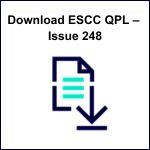
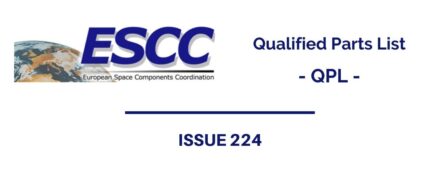
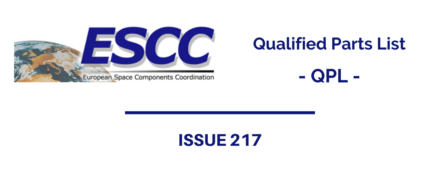
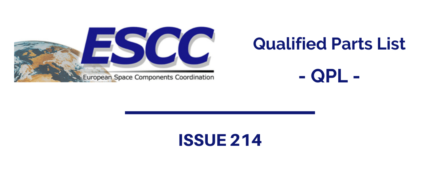
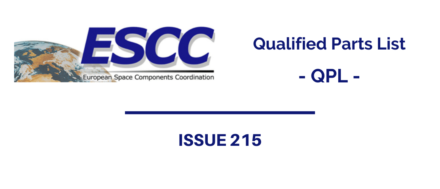
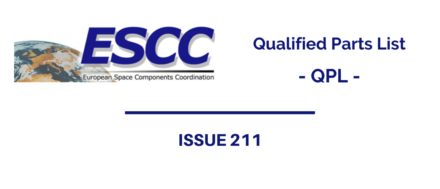
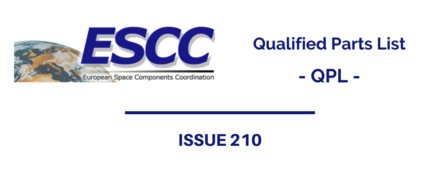
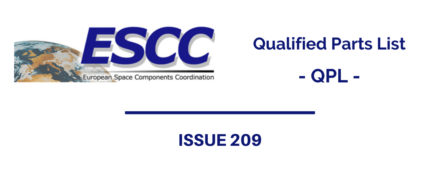
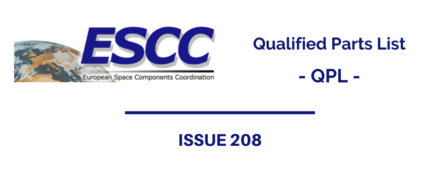
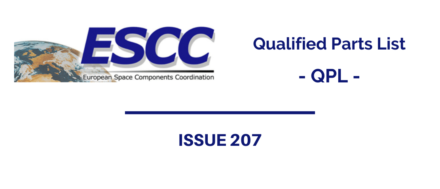
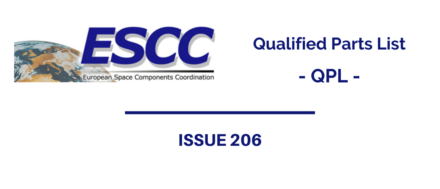
0 comments on Understanding the changes in ESCC QPL Issue 248